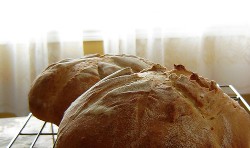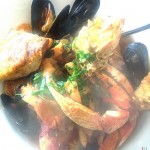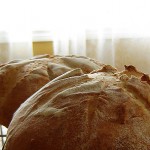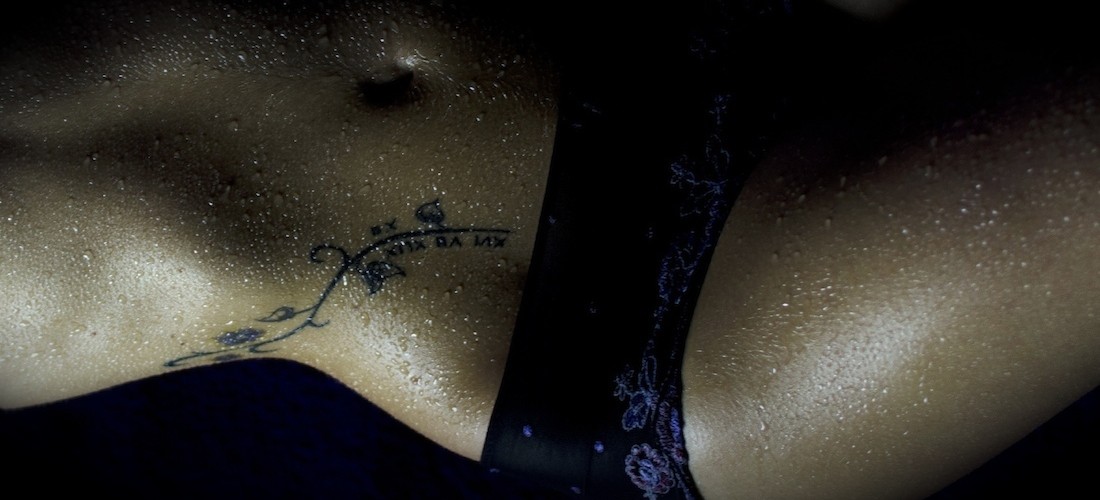
Or E2, however one gets the squared symbol to show up after the the E, or the double E. Call it what you’d like. Whatever this rose is named, I’m gonna be taking a little foray into cutting out modern wheat and replacing it with Einkorn. All this should be vastly interring as I try to make homemade bread and pasta and tortillas from Einkorn flour. Primitive flour has some different properties, namely sticky ones, and should turn my kitchen into a hot mess. Just the way I like it.
I have some health issues that need to be addressed. One of the ways in which I am doing so is taking a few supplements. Another way is changing the way I eat. I’ve decided to switch from mostly meats to fish and seafood. And to cut all modern wheat from my diet, instead using Einkorn for all my flour-y needs. I’m hoping these changes have a positive impact on my health and my life.
As part of the diet, my next few recipe shares will showcase some of my eating choices. Tomorrow, I’m getting a huge box of Alaskan seafood from New Sagaya in Anchorage. King crab legs, salmon, halibut, reindeer sausage all in one jumbo box of goodness. I’ll probably just eat the king crab legs steamed with butter and lemon. The salmon will be barbecued in herbs and sauce. But the rest, well, some of it will be chunked to put into a cioppino. To sop it all up, I’ll be making a homemade, rustic Einkorn bread.
Cioppino

By: Jeremy Brooks
3 tablespoons olive oil
1 large fennel bulb, thinly sliced
1 onion, chopped
3 large shallots, chopped
2 teaspoons salt
4 large garlic cloves, finely chopped
3/4 teaspoon dried crushed red pepper flakes, plus more to taste
1/4 cup tomato paste
1 (28-ounce) can diced tomatoes in juice
1 1/2 cups dry white wine
5 cups fish/seafood stock
1 bay leaf
2 corn cobs, cut in small pieces
1/2 pound sausage, half-mooned (I use reindeer)
1 pound manila clams, scrubbed
1 pound mussels, scrubbed, debearded
1 pound uncooked large shrimp, peeled and deveined
4-6 large scallops
Some crab, either pieces of king crab or smaller crabs halved
1 1/2 pounds assorted halibut and/or salmon filets, cut into 2-inch chunks
Directions
Heat the oil in a very large pot over medium heat. Add the fennel, onion, shallots, and salt and saute until the onion is translucent, about 10 minutes. Add the garlic and 3/4 teaspoon of red pepper flakes, and saute 2 minutes. Stir in the tomato paste. Add tomatoes with their juices, wine, fish stock and bay leaf. Cover and bring to a simmer. Add corn and sausage. Reduce the heat to medium-low. Cover and simmer until the flavors blend, about 30 minutes.
Add the clams and mussels to the cooking liquid. Cover and cook until the clams and mussels begin to open, about 5 minutes. Add the shrimp, crab, scallops and fish. Simmer gently until the fish and shrimp are just cooked through, and the clams are completely open, stirring gently, about 5 minutes longer (discard any clams and mussels that do not open). Season the soup, to taste, with more salt and red pepper flakes.
Ladle the soup into bowls and serve.
Slow Rise Rustic Einkorn Bread

By: Vicky TH
5 cups (600g) of jovial einkorn flour
3 cups (600g) of jovial wheat berries
1¾ cup (410g) of warm water
¼ tsp. (1g) dry active yeast
1 tsp. (6g) sea salt
Directions
Mix flour, salt and yeast together in a large mixing bowl.
Add water and combine with your hands until all ingredients are mixed well. Your hands will be a sticky mess at this point, but that is normal with einkorn.
With a spatula, push down the sides of the dough and flatten the top.
Cover the bowl with plastic wrap and let rise in a dark place for 12-14 hours. Here is what the doughs should look like when ready to bake. Depending on the weather, the time it takes to proof the dough may vary.
Remember, einkorn flour contains carotenoids that can oxidize if exposed to water and light for a long period of time. Just like a carrot peel can darken, einkorn dough will when exposed to light. Therefore, either store the bowl in a dark space or use a ceramic bowl and put a plate on top to protect the dough from light.
When the dough is ready, place a ceramic or cast iron pot that is oven-safe and has a lid in the oven and heat for 30 minutes to the maximum temperature setting, or at least 500°F then lower the temperature to 450°F.
Turn out the dough on a heavily floured work surface. Pat the dough flat, and using a dough scraper or your hands, fold each of the four sides toward the center, using added flour to make a rounded shape. This is not like forming a typical loaf since the dough is quite soft. Don’t worry yourself too much about the shape because the dough will have a quick rise in the oven and will correct itself, leaving you with a beautifully rustic bread.
The rounded dough can be proofed for one more hour before baking, but we found in our testing it did not make a difference in the finished loaf. Therefore, we turned the dough right into the pot and baked covered for 40 minutes. We also baked the loaf for 30 minutes covered and 10 uncovered, but in the end, found the best results at 40 minutes with a cover for the entire baking time.
If you like a dark crust, return the loaf to the oven for 5-10 minutes more uncovered.
Lift the loaf out of the dish and place on a cooling rack.
You may also try this cooking method on a firmer dough.
Let cool for at least one hour before slicing.










